Optimal Timing for Waterproofing Projects
Proper timing for waterproofing projects is essential to ensure durability and effectiveness. The optimal period typically depends on weather conditions, temperature, and humidity levels. Conducting waterproofing during favorable weather minimizes the risk of moisture intrusion and ensures proper adhesion of materials.
Spring offers moderate temperatures and lower humidity, making it ideal for waterproofing installations before the hot summer months.
Summer can be suitable if temperatures are not excessively high and humidity is manageable. Avoid waterproofing during peak heat and rainstorms.
Fall provides cooler weather and less rain, creating good conditions for waterproofing projects before winter.
Winter is generally not recommended due to freezing temperatures and increased moisture, which can compromise the effectiveness of waterproofing materials.

Spring is an optimal time for waterproofing projects due to favorable weather conditions.

Summer requires careful scheduling to avoid extreme heat and rain.
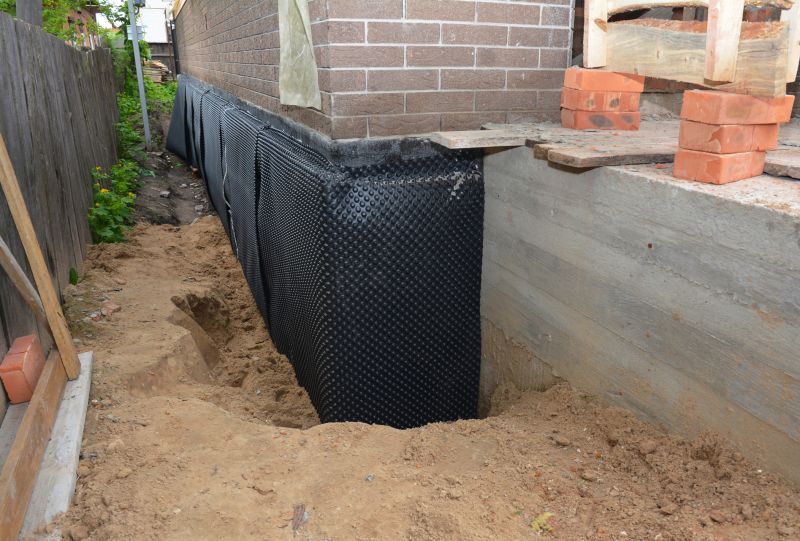
Fall offers cooler temperatures suitable for waterproofing maintenance.
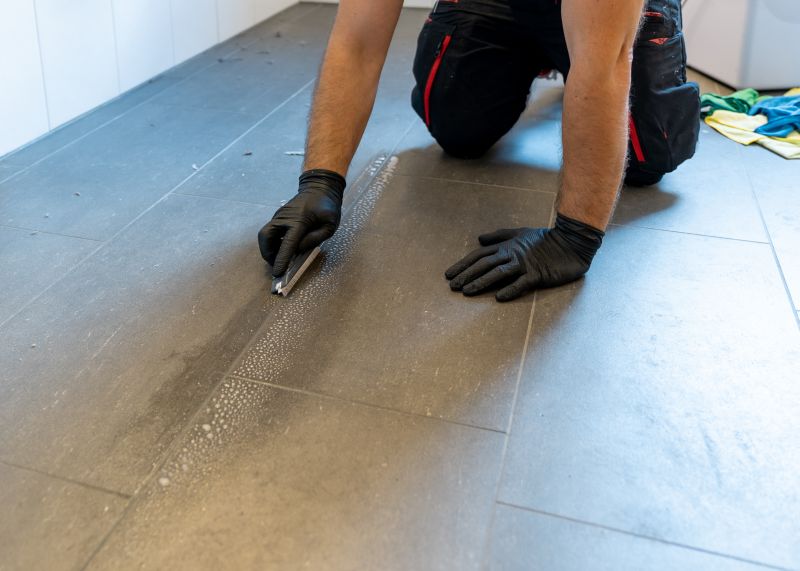
Ways to make Waterproofings work in tight or awkward layouts.

Popular materials for Waterproofings and why they hold up over time.
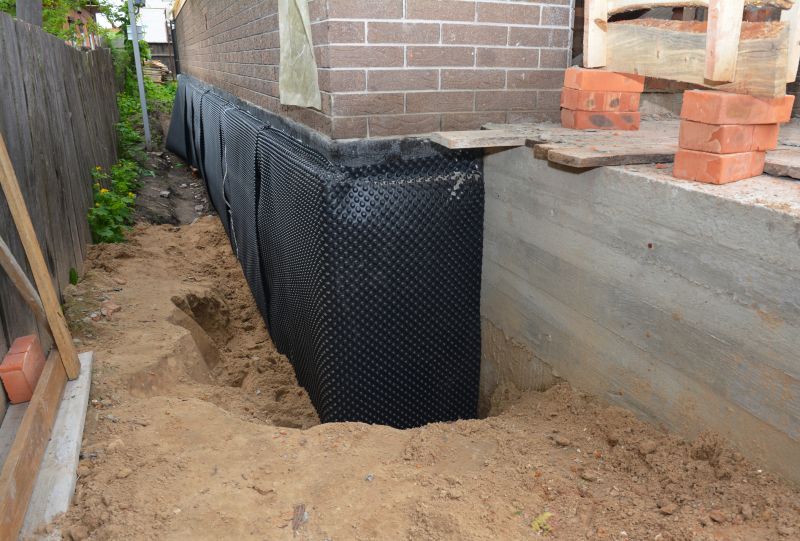
Simple add-ons that improve Waterproofings without blowing the budget.
| Season | Recommended Conditions |
|---|---|
| Spring | Moderate temperatures, low humidity, dry weather |
| Summer | Avoid peak heat and rainstorms, moderate temperatures |
| Fall | Cooler weather, dry conditions |
| Winter | Freezing temperatures, high moisture, not recommended |
Waterproofings involve applying protective barriers to prevent water infiltration in structures such as foundations, roofs, and basements. Proper waterproofing extends the lifespan of structures, reduces maintenance costs, and prevents water damage. Different materials, including membranes, coatings, and sealants, are selected based on the specific application and environmental conditions.
Statistics indicate that waterproofing can significantly reduce water-related damages, saving property owners thousands of dollars annually. Proper timing ensures the effectiveness of these materials, maximizing their lifespan and performance.
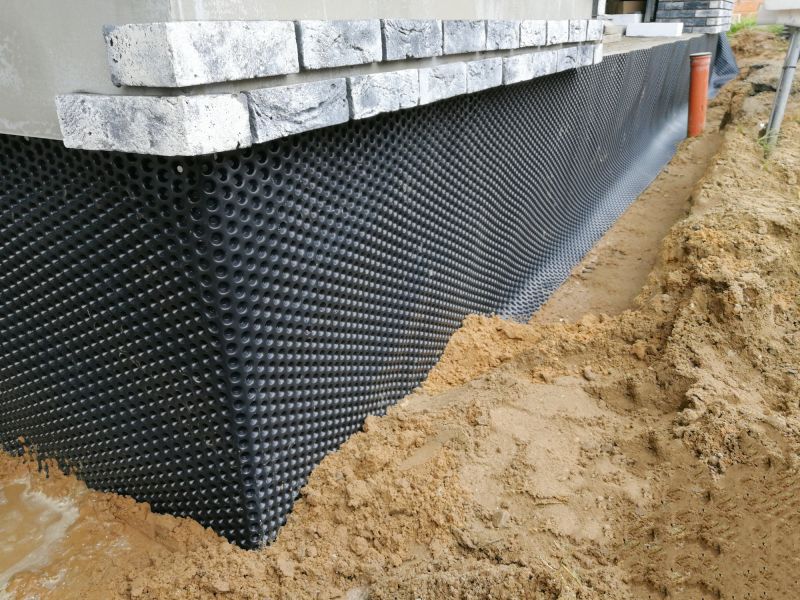
Various materials are used for waterproofing, including membranes, liquid coatings, and sealants.
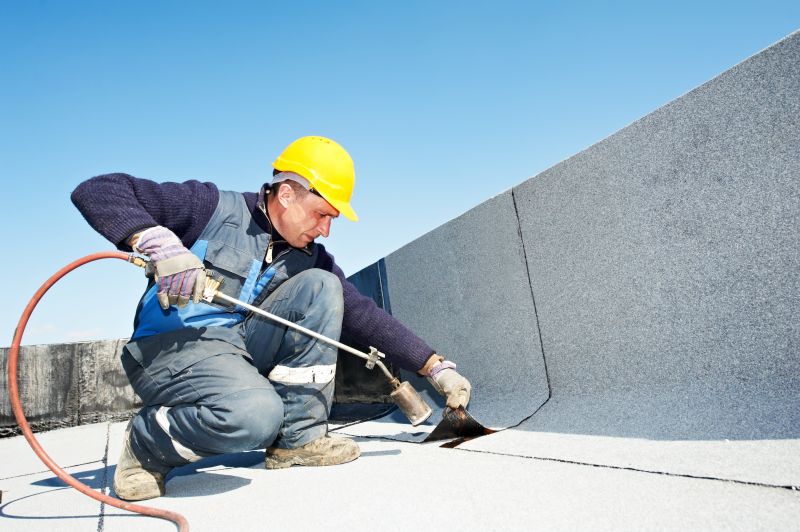
Proper application techniques are essential for ensuring waterproofing effectiveness.

Visual evidence of waterproofing impact on structures.
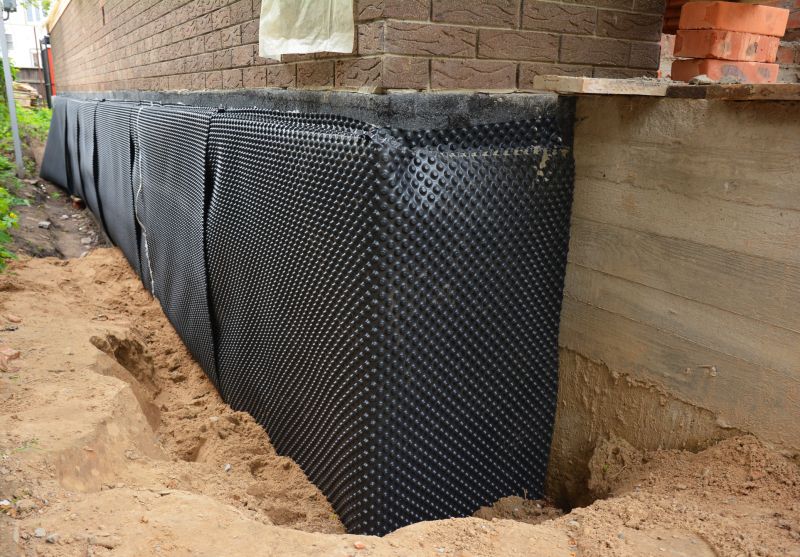
Images of waterproofing projects underway.
Interested in waterproofing services? Filling out the contact form can provide more information and help schedule an assessment to determine the best timing for waterproofing projects in Mchenry County, IL.

